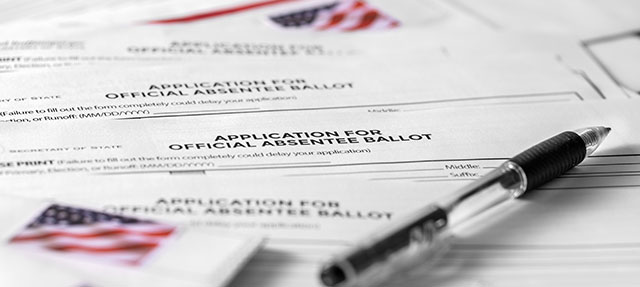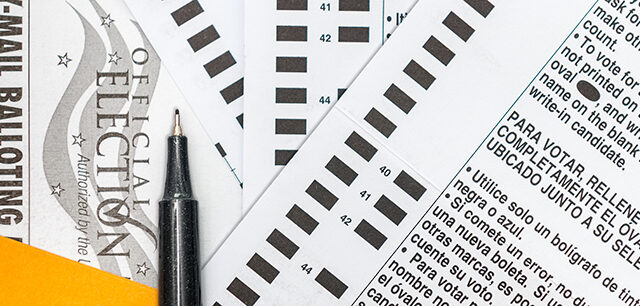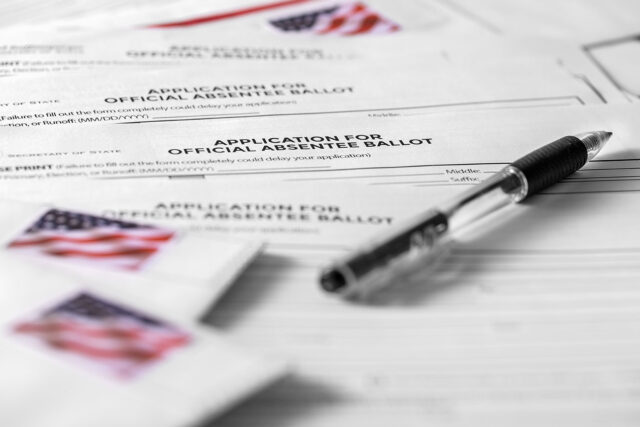The COVID-19 pandemic continues to raise concerns about in-person voting and virus transmission as the November election approaches. Many states are encouraging vote-by-mail as a solution to protect poll workers and voters alike, and California has taken extraordinary measures in this direction. For the presidential election, the state will send every registered voter a mail-in ballot, as counties limit in-person options but offer more early voting and ballot drop boxes.
Eric McGhee, senior fellow at PPIC, presented findings from a report that examines California’s experience with the Voter’s Choice Act (VCA), a recent reform that shifted counties to alternative voting methods. Used in 15 counties—the first wave in 2018 and then 10 more in 2020—the reform covers a slight majority of registered voters in the state. Under the VCA, all voters receive a mail-in ballot, counties offer vote centers rather than local polling places, and early voting and drop boxes are available.
McGhee reasoned that the VCA offers an approximation of the pandemic voting model that voters will face in November, and his findings can offer context around what to expect. Gaining insight into who turns out, what methods they prefer, and when voters cast their ballots can help inform policy and outreach efforts.
Who votes under this model? “The basic answer is more people do,” McGhee said. “We see a bigger increase in turnout for in-person voters than by-mail voters, but we see some increase for both.” This pattern held across demographics. There was also no partisan impact—differences in turnout among Republicans and Democrats were small. However, a few groups did have trouble with the reform: voter turnout among foreign-language voters, young people, and renters sometimes declined.
Data from Orange and Sacramento Counties further revealed when and how residents were likely to vote. Voters who mailed ballots sent them steadily over the weeks leading into Election Day. Ballots dropped in a drop box were cast closer to Election Day, with about 60% cast on Election Day. Similarly, voters who dropped off ballots or voted in-person at a vote center did so near or on Election Day.
Report co-author Mindy Romero, founder and director of the Center for Inclusive Democracy at the University of Southern California, joined the discussion and stressed the value of using the data to plan targeted messaging and outreach to groups who had lower turnout. Findings from Romero’s separate report, Voter Messaging in the Time of COVID-19, break out similar voter data by race, disability, and regional differences.
Romero recommended Californians mail ballots at least a week before the election to account for potential delays with the US Postal Service and encouraged voters to register to track their ballots.
Is it worth it to switch to a new model that may have a greater risk of fraud? “There’s not a greater risk of fraud,” Romero said and outlined state protections in place.
“By contrast,” McGhee concluded, “COVID is real. The risk is still there.”



